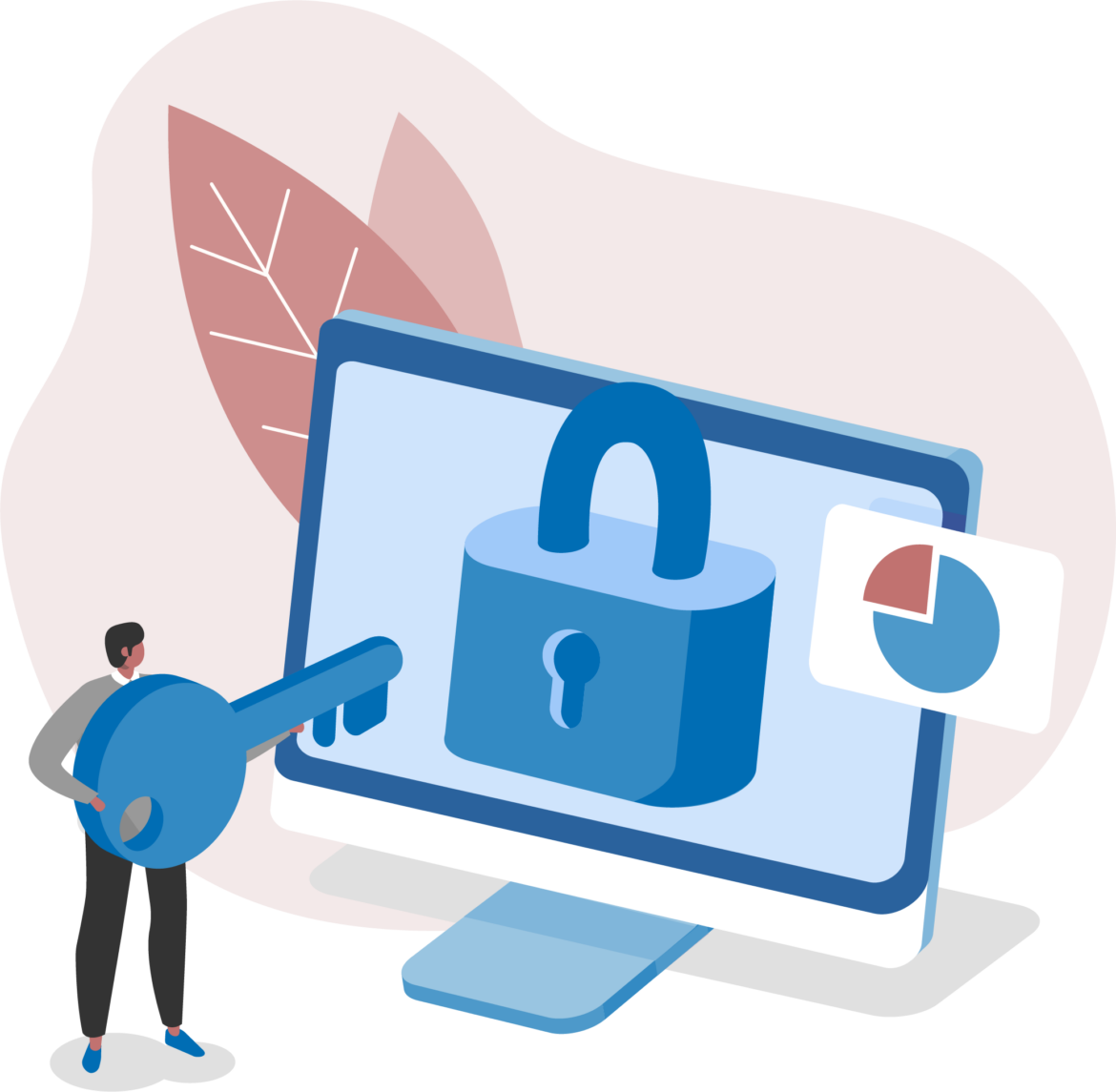True or False: The Product Owner makes sure the Developers select enough from the Product
Backlog for a Sprint to satisfy the stakeholders.
When should a Sprint Goal be created?
(choose the best answer)
Scrum is based on empiricism. All of its artifacts must be transparent to ensure sufficient accuracy of inspection. How can the Scrum Team maintain the Product Backlog to maximize its transparency?
(choose the best answer)
True or False: A Product Owner with multiple teams working on one product should maintain separate Product Backlogs for each team.
Who is on the Scrum Team?
(choose all that apply)
Who determines how many Product Backlog items the Developers select for a Sprint?
(choose the best answer)
Which of the following is an example of an Increment?
(choose the best answer)
How much time is required after a Sprint to prepare for the next Sprint?
(choose the best answer)
What does it mean to say that an event has a timebox?
(choose the best answer)
True or False: Multiple Scrum Teams working on the same product must have the same Sprint
start date.
|
PDF + Testing Engine
|
|---|
|
$49.5 |
|
Testing Engine
|
|---|
|
$37.5 |
|
PDF (Q&A)
|
|---|
|
$31.5 |
Scrum Free Exams |
|---|

|